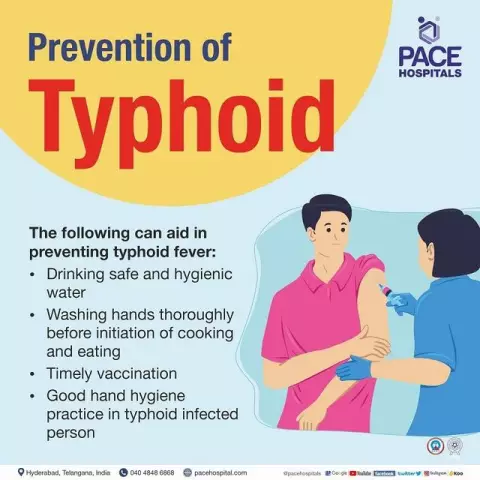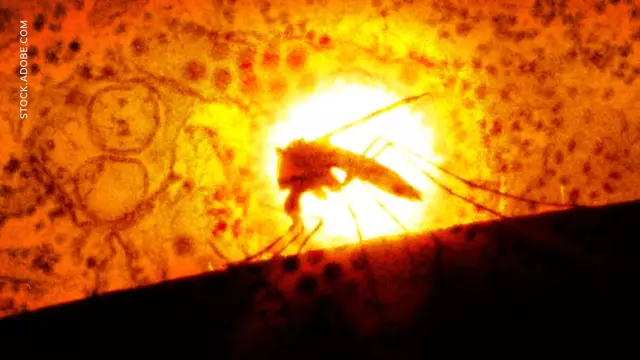- Author Rachel Wainwright [email protected].
- Public 2023-12-15 07:39.
- Last modified 2025-11-02 20:14.
Scarlet fever

The first official mention of scarlet fever was recorded more than four centuries ago. The name of the disease comes from Latin and literally means "bright red", apparently because of the most obvious symptom of scarlet fever - the characteristic red rash.
The most likely age of patients is after two to seven years. Scarlet fever in children under the age of two is extremely rare, since the child's body is still protected from infection by the mother's antibodies. There are also rare cases of scarlet fever in adults. It should be noted that in comparison with other childhood diseases, which, as a rule, are difficult to carry into adulthood, scarlet fever is relatively easier.
In the preschool age group (after contact with a carrier of the virus), the probability of infection with scarlet fever in children is more than 40 percent. Children with reduced immunity, suffering from allergic diseases, hypovitaminosis, and also those who are in a situation of increased stress for a long time belong to a special risk group. Symptoms of scarlet fever in children of this group are most pronounced, and the disease is much harder to carry.
Causes of scarlet fever
The causative agent of scarlet fever (a special type of streptococcal infection) is transmitted through the respiratory tract when a person is in contact with a person by airborne droplets. Sometimes it is possible to transmit the virus by direct contact (through infected food, toys, things, etc.). Infection with scarlet fever in adults most often occurs through the circulatory system, when the pathogen enters the bloodstream through minor abrasions and scratches on the skin.
Symptoms of scarlet fever
In order not to miss the time to start treatment for scarlet fever, it is necessary to carefully monitor the manifestations of the disease, to differentiate it from other viral infections in time.
In most cases, scarlet fever progresses rapidly, as a rule, all possible symptoms of the disease can be observed already in the first day from the onset of the disease.
The very first symptoms of scarlet fever in children are fever (body temperature rises to 38-40 degrees), pain in the larynx. The child becomes inactive, lethargic, complains of aches throughout the body and refuses to eat. Rare but probable companions of this condition are vomiting and repeated loose stools.
Often, by the end of the first day of illness (sometimes on the second day), small red dots appear on the skin of the patient's chest and neck. The rash spreads rapidly to the face and body. Characterized by a significant lesion of the nasolabial triangle, which stands out with its sharply defined boundaries against the background of the rest of the face. Body rashes are usually located on the lateral surfaces of the trunk and in the physiological folds of the body.
A rash with scarlet fever in a child causes unbearable itching, the skin becomes hot and dry to the touch. The rash disappears about a week after the onset of the disease, leaving behind a strong peeling of the skin, which peels off in whole layers from the surface of the feet and palms. The patient's skin returns to normal no earlier than after two to three weeks.

Another obvious symptom of scarlet fever in a child that cannot be overlooked is the appearance of the surface of the tongue. At the very beginning of the disease, the tongue is covered with a thick layer of whitish-brown plaque, which disappears after a few days and reveals a bright crimson surface.
Scarlet fever in almost all cases is accompanied by tonsillitis, since both of these diseases are caused by the same infectious agent.
Types of scarlet fever
Scarlet fever can occur in five different forms:
- light
- medium severity
- heavy
- erased
- hypertoxic
The last two types without timely treatment of scarlet fever pose a real threat to the patient's life. The danger to life lies not in scarlet fever itself, but in the severe complications that it leaves behind.
Complications of scarlet fever
The insidiousness of the disease with scarlet fever lies in the fact that streptococcus, which is the cause of infection, is capable not only of destroying the cells of the human body, but also skillfully "disguising itself" under them. By such behavior, the virus incapacitates the immune system, which, together with the intruding aggressor, begins to actively destroy its own cells.
The most frequent complications that arise directly during the course of scarlet fever are lesions of the circulatory and nervous systems. Further on the list of complications are otitis media, pharyngitis, sinusitis. The kidneys, heart and liver are much less frequently affected.
Severe and deadly complications occur after a patient recovers from scarlet fever. Such complications include the following diseases: serious damage to the heart valves, brain, kidneys, joints, etc.
The occurrence of severe complications is directly related to the violation of the recommended treatment for scarlet fever or to the wrongly chosen tactics of managing the patient during the course of the disease.
Scarlet fever treatment

In case of a mild illness, the patient is allowed to undergo treatment for scarlet fever at home (subject to strict isolation from the rest of the family).
A prerequisite for the successful treatment of scarlet fever in any form is compliance with all the recommendations prescribed by the doctor. It is this main factor that will allow not only to recover from scarlet fever in a short time, but also to avoid the occurrence of severe complications in the future.
YouTube video related to the article:
The information is generalized and provided for informational purposes only. At the first sign of illness, see your doctor. Self-medication is hazardous to health!






